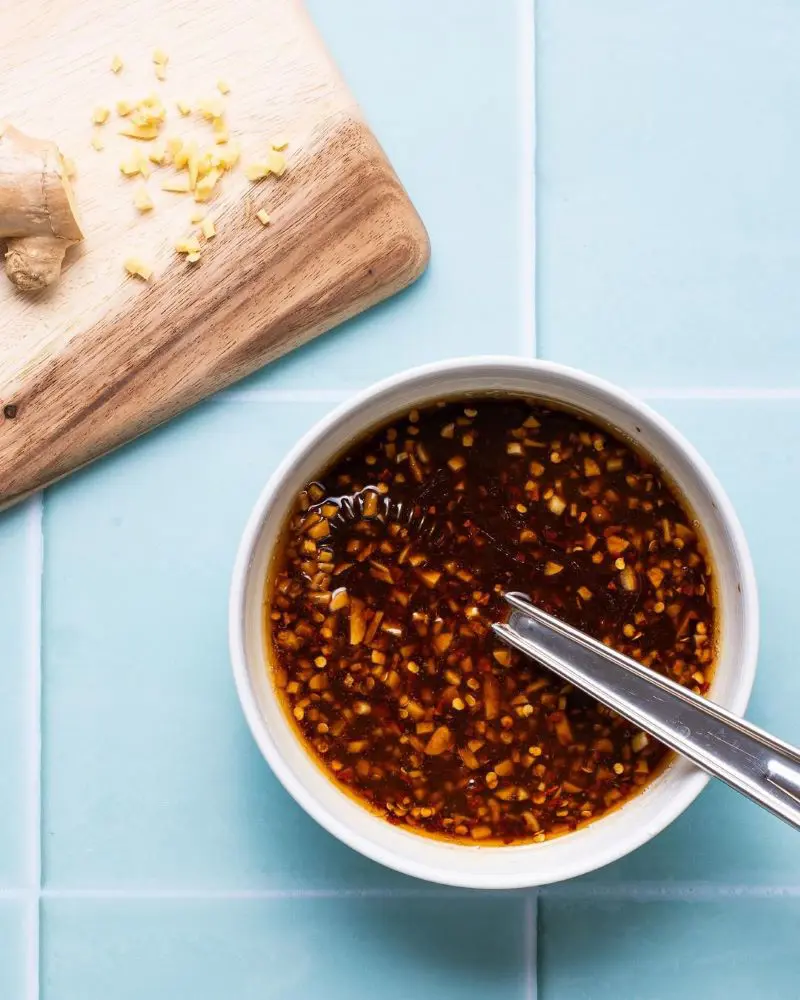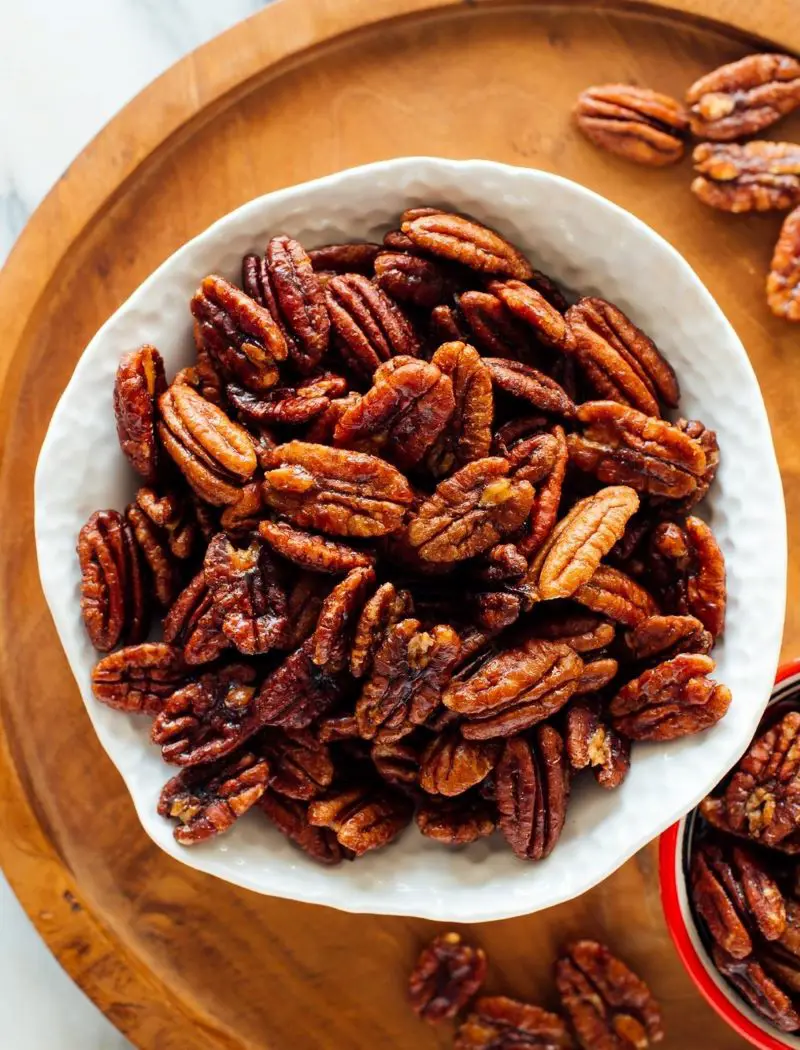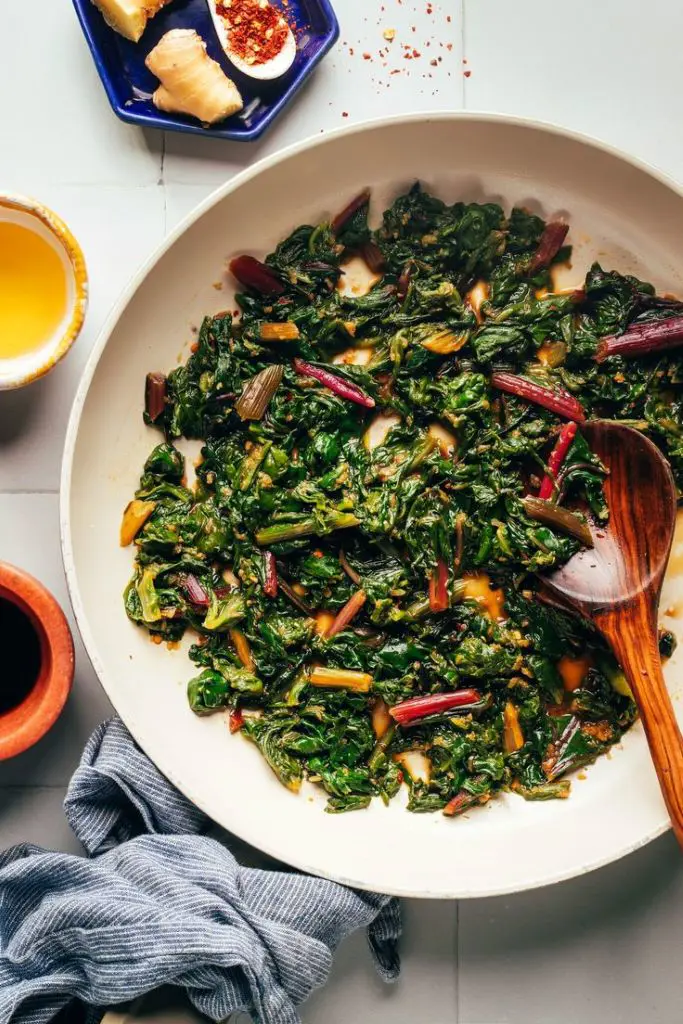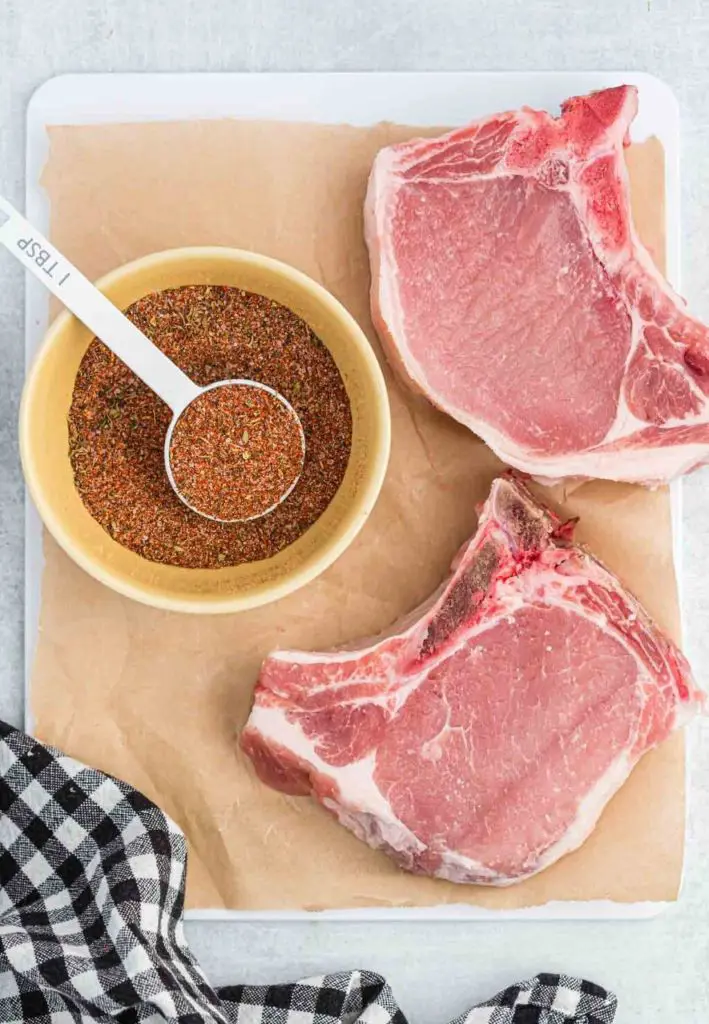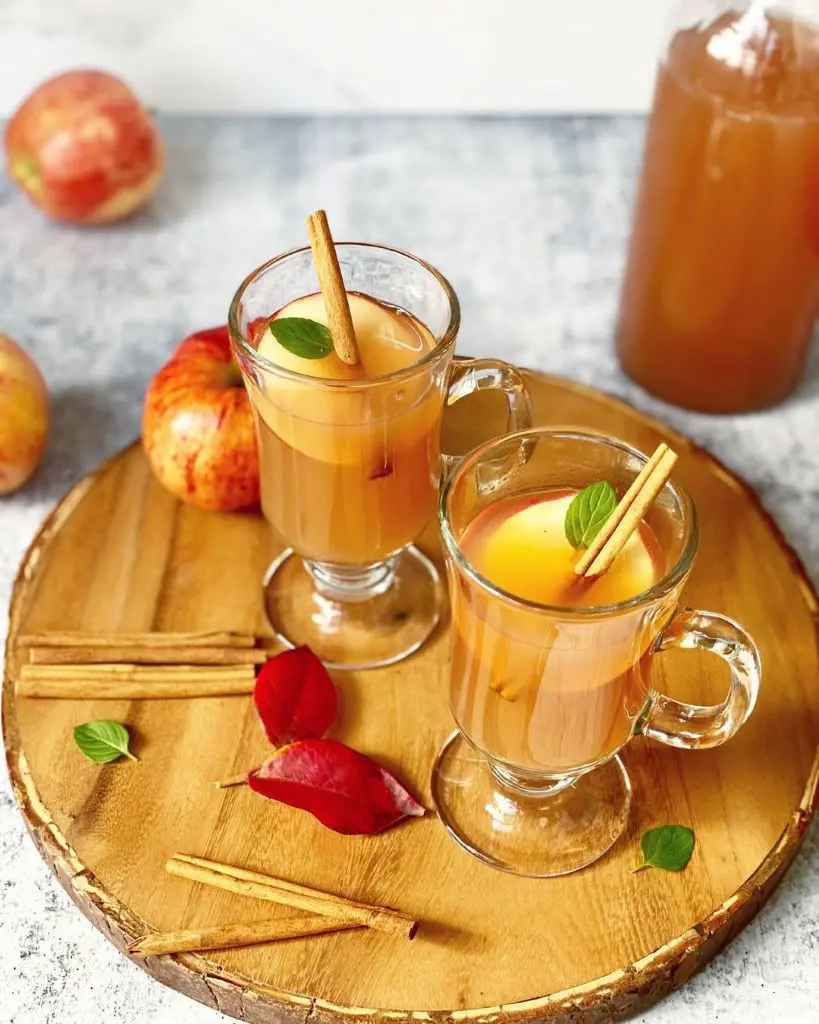Stir Fry Sauce Ingredients
The key to effortless cooking starts with having the right components ready. Most of these staples likely already live in your kitchen cabinets.
A quick check of your pantry before starting ensures smooth sailing - just a short grocery trip fills any gaps in your ingredient list.
The right ingredients working together create that perfect balance of flavors that makes this sauce truly special. Here's everything needed to create sauce perfection:
- Soy Sauce: Think of this as your sauce foundation. Go for low-sodium - it lets you control the saltiness while still getting that rich, deep flavor that makes stir-fries so crave-worthy. The dark color it adds makes everything look appetizing too.
- Honey: That touch of sweetness transforms the sauce from good to great, perfectly countering the salty and tangy elements. Want to switch things up? Brown sugar works beautifully too, adding a deeper, more complex sweetness with its molasses notes.
- Sesame Oil: Just a few drops of this golden liquid adds that distinct nutty, toasted flavor that screams authentic Asian cooking. While vegetable oil can work in a pinch, sesame oil brings that special something that makes people wonder about your secret ingredient.
- Garlic and Ginger: Fresh is the only way to go here. Forget those jars of pre-minced stuff - nothing beats the bright, zingy punch of freshly grated ginger and minced garlic. They create that aromatic foundation that makes everyone's mouth water.
- Cornstarch: Looking for ways to thicken sauce? Cornstarch is your best friend. It transforms that watery liquid into a glossy coating that clings beautifully to every bite. Without it, you'd just have seasoned water pooling at the bottom of your pan.
- Water or Stock: Stock brings extra depth to your sauce. Vegetable stock keeps things versatile, while chicken stock adds its own savory notes. Using water works too - sometimes simpler is better, especially when other flavors are already bold.
- Rice Vinegar: This brings a gentle tang that balances everything out. Unlike harsh regular vinegar, rice vinegar has a subtle sweetness that plays well with others. For a substitute, use fresh lime juice. It gives a bright, citrusy kick that works beautifully.
- Red Pepper Flakes (Optional): These tiny flakes pack a warming punch that builds gradually with each bite. Perfect for those who enjoy a gentle heat that enhances rather than overwhelms. Start conservatively - just a small pinch goes a long way.

